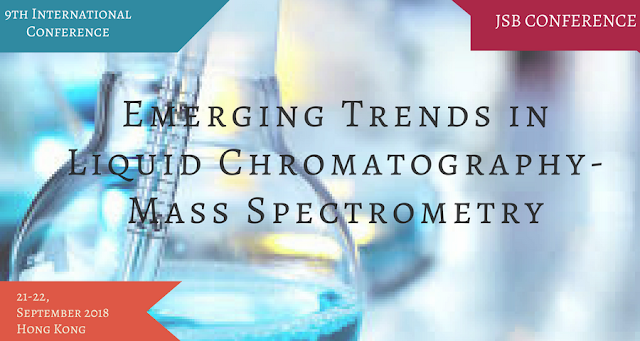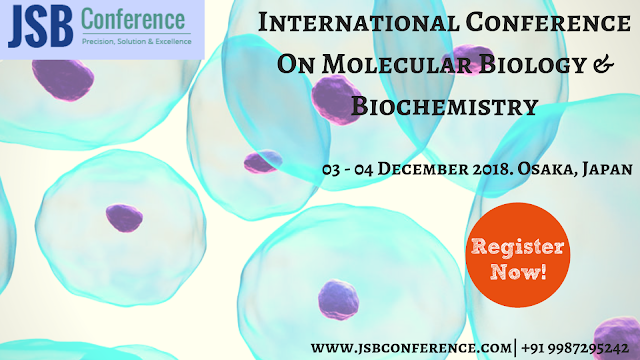Liquid Chromatography Mass Spectrometry A Chemical Laboratory Miracle
Science has led the Human race to modify and create a path of newly found inventions. What still remains a question is whether these inventions are reliable or remarkably dangerous. A recent change in the field of Liquid Chromatography and Mass Spectrometry has led researchers to modify the act of future physics.
What is it?
International Conference on Liquid Chromatography and Mass Spectrometry has been a recent finding in the researcher's arena of instrumentation and analytics. Consecutively, it happens to be influenced by a wide range of combination consisting of analytical and bioanalytical methods that mainly comprises nucleic acids, amino acids, proteins, carbohydrates, lipids and several others. Additionally, it also foresees the main classification of omic fields such as metabolomics and lipidomics.
Conference alerts in Liquid Chromatography and Mass Spectrometry has been a powerful two-dimensional technology that has been predominantly used in the modifications of the above-mentioned processes.
Modification/Advancements
The advancement in the field of Liquid Chromatography has been originally fueled by the specific need for a more powerful technique that measures a powerful analytics and a bioanalytical process of determining precisely distinguished target analysis. This analysis range from a high complexity mixture which is sensitive and selective in its way. Consequently, there has been a diverse study in the classifications and emerging trends of the Liquid Chromatography instrumentation and their contributions to the of analytics techniques.
There have been two primary classifications in the field of LC-MS, primarily in the form of discovery and a directed analysis of an existing complex sample. Since the advent discovery of the overall Liquid Chromatography process taking a solid form of essays, several ultra performance Liquid Chromatography has been further entangled to include a flight, quadrupole-ion trap, linear-ion trap, transform ion cyclotron resonance, and or-ion trap mass spectrometers. These classifications have been trending on to become a little off focus with an emergence of a new hybrid class of LC and MC instrumentation. This has a unique ability to perform both the routines of qualitative discovery and a routine quantitative directed analysis of very high complexity pictures. This particular hybrid class of LCMS instrumentation takes a dominant form for an Ultra Performance Liquid Chromatography separation system which is designed to interface into two or more distinguished spectrometers that have been placed in a compound series. These series are named as UPLC-OITMS/TOFMS, UPLC-QqQMS/LITMS, UPLC-QMS/TOFMS and so on.
FUTURE ASPECTS
Future prospects have been looking out the LC-MS instrumentation and the hybrid process would have the ability to create both the required qualitative discovery and the quantitative directed analysis of high complexity samples. Furthermore, the combining ability of discovery and directed analysis to one instrument alone is termed as a cost-effective replacement for previously catered standalone instruments. Hence, this provides a wide prospect for the multiplying effect of qualitative and quantitative information which is obtained by the researcher in a single temporal window version.
9th International Conference on Emerging Trends in Liquid Chromatography-Mass Spectrometry




Comments
Post a Comment